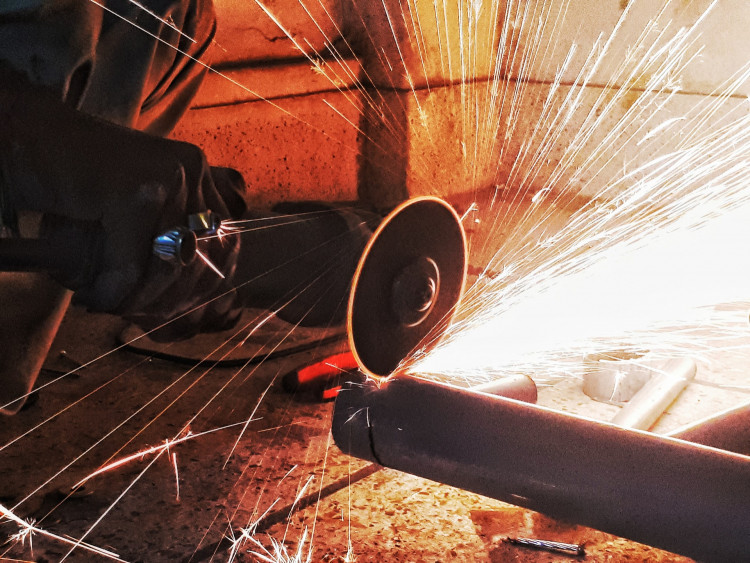A team of MIT chemical engineers has developed a new material that they claim is stronger than steel while remaining as light as plastic.
"We don't usually think of plastics as being something that you could use to support a building, but with this material, you can enable new things," Michael Strano, a professor of chemical engineering at MIT and senior author of a study about the research published in the journal Nature this week, said in a statement.
"It has very unusual properties and we're very excited about that," he added.
If the premise is true up, it might be a big step forward in material science, providing objects like automobile parts and cell phones an extremely tough skin. The team even claims that it can be mass-produced without difficulty.
Special two-dimensional polymers that can arrange themselves into sheets are the team's secret. Other polymers, if not all, can only form one-dimensional chains, which are then converted into three-dimensional things.
Until now, experts thought it was impossible to make two-dimensional polymer sheets. Strano and his colleagues developed a new polymerization procedure that allowed them to create a two-dimensional sheet known as a polyaramide in the new study.
They use melamine, a compound with a ring of carbon and nitrogen atoms, to make the monomer building blocks. These monomers can develop in two dimensions, producing disks, under the correct conditions. These disks stack on top of one other, held together by hydrogen bonds between the layers, resulting in a remarkably stable and powerful structure.
As a result, 2DPA-1, an extraordinarily strong and thin material, is four to six times more resistant to deformation than bulletproof glass. Despite having one-sixth the density of steel, it is twice as difficult to shatter.
Because the material self-assembles in solution, it may be produced in vast quantities by simply increasing the beginning components quantity. The researchers demonstrated that they could coat surfaces with the material's films.
The new material is also impervious to gases, making it a superior option for "protecting metal in cars and other vehicles, or steel structures," according to Strano.
The team is now attempting to improve the molecular structure of their polymer sheets in order to create even more new materials.
The researchers have applied for two patents on the process they employed to create the material, which they detail in a report that will be published in Nature on Feb. 2, 2022. Yuwen Zeng, an MIT postdoctoral researcher, is the study's lead author.





